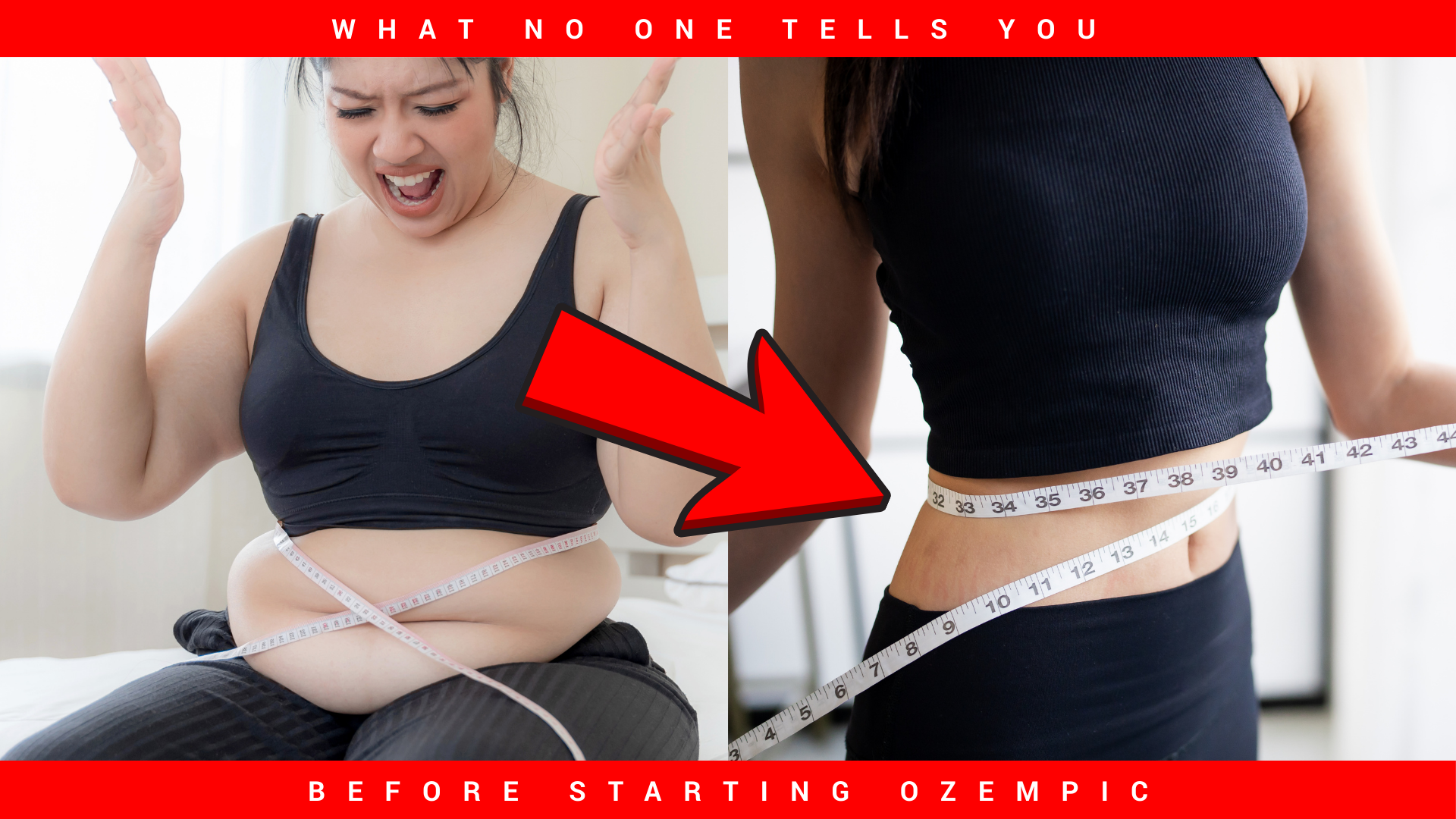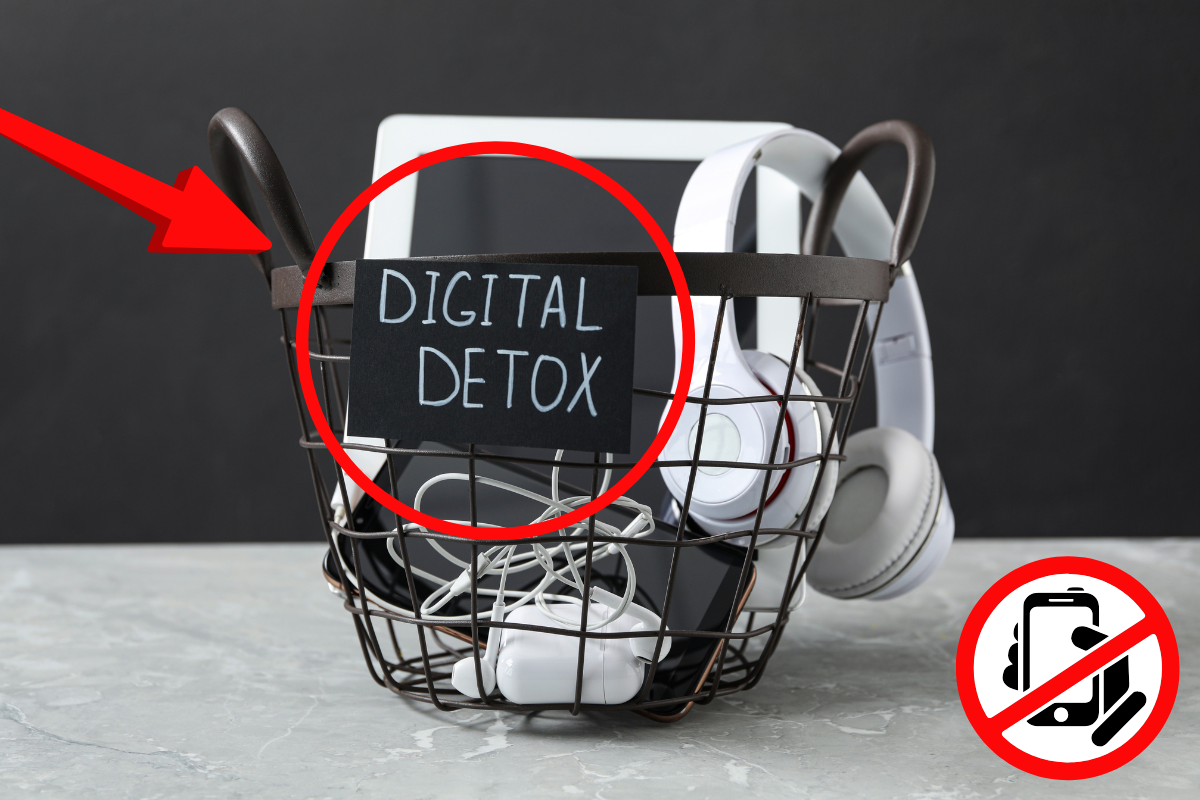
Ozempic and other GLP-1 medications like Wegovy and Mounjaro have become popular for more than managing diabetes. These drugs are now being prescribed widely for weight loss, praised for their appetite-suppressing effects and rapid results.
However, like any medication, Ozempic comes with benefits and challenges. What you see on social media is only part of the picture. Based on my experience, here are five things I wish I had known before starting the journey.
Whether you are already considering it or just starting to research, these insights can help you make an informed and realistic decision.
Ozempic might seem like the weight loss solution everyone is talking about. But before you start, there are important things to consider. Here’s what I learned firsthand:
1. The Weight Loss Is Real but Muscle Loss Can Happen Too
When I began taking Ozempic, the scale moved quickly. While that felt encouraging, I soon noticed I was not just losing fat. My strength dropped, and my body started to feel weaker.
This is common with rapid weight loss, especially if you are not eating enough protein or staying active. Muscle loss not only affects how your body looks but can also slow your metabolism over time.
One recent review noted that muscle loss is a significant concern during and after GLP-1 use, especially among users who do not engage in resistance training or consume adequate protein [1].
What helped: I started focusing more on protein intake, strength-based workouts, and supporting my nutrition with a clean source of collagen peptides. Supporting muscle mass with nutrition and exercise can be an important part of long-term wellness.
2. Digestive Issues Are Common at First
Within the first few weeks, I experienced nausea, occasional bloating, and early fullness. These side effects are common with GLP-1 drugs because they slow digestion, which is part of how they help you feel less hungry.
A large clinical trial on semaglutide reported gastrointestinal issues like nausea and constipation as the most frequent side effects, especially during the dose escalation phase [2].
3. Food Noise Goes Away but So Does Food Joy
One of Ozempic’s biggest appeals is how it reduces food noise. That was true for me. I stopped thinking about snacks all the time and felt more in control of my eating.
But there was a downside. I no longer enjoyed food the way I used to. Meals felt like a chore. I had to remind myself to eat even when I was not hungry, which took some of the enjoyment out of my daily routine.
What helped: I started focusing on smaller, nutrient-dense meals that I actually liked. Smoothies, soups, and warm herbal teas were easier to tolerate. It is important to nourish your body, even when your appetite is low, so you continue to feel your best.
4. Skin Changes Can Happen Quickly
After a few months, I began to notice changes in my skin. My face looked thinner, but not in the way I expected. It looked tired, and I started hearing the term “Ozempic face” used online.
Rapid fat loss, especially in the face, can make your skin appear looser or less vibrant. It is not harmful, but it can be frustrating if you were not expecting it.
What helped: I added collagen peptides to my morning routine and began using a hydrating serum with vitamin C and hyaluronic acid. These steps helped support my skin’s natural elasticity and hydration.
Pureance offers skincare products that are specifically designed to support mature and changing skin. When paired with internal collagen support, they helped me feel more confident in my appearance.
5. Stopping Ozempic Is Not as Simple as I Thought
I originally planned to use Ozempic for a few months, lose the weight, and move on. What I did not realise was how quickly the weight could return after stopping if there was no long-term strategy in place.
In one clinical study, participants regained most of their lost weight within one year of discontinuing semaglutide, highlighting the importance of sustained lifestyle changes to maintain results [3].
What helped: I worked with my doctor to reduce the dose gradually. I also focused on building a support system through diet, movement, and blood sugar-friendly supplements. While Ozempic was part of the solution, maintaining my results meant addressing the root habits.
Final Thoughts:
Ozempic can be an effective tool for weight loss, but it is not a shortcut. It comes with real changes to your body, your eating habits, and your mindset.
Before you start, ask yourself:
- Are you ready to commit to long-term health changes
- Do you understand the potential side effects
- Do you have a plan in place to support your digestion, muscle health, and skin
There is no one-size-fits-all answer, but being informed puts you in control.
If you decide to begin a GLP-1 journey, give your body what it needs to thrive. That means eating well, moving regularly, and using supportive supplements that nourish you when your appetite may not.
Always consult your physician or other qualified health provider with any questions you may have regarding a medical condition or before starting or stopping any medication, including GLP-1 receptor agonists such as Ozempic.
References:
- Abdullah Bin Ahmed I. A Comprehensive Review on Weight Gain following Discontinuation of Glucagon-Like Peptide-1 Receptor Agonists for Obesity. J Obes. 2024 May 10. https://pmc.ncbi.nlm.nih.gov/articles/PMC11101251/
- Wilding, J.P.H. et al. Once-Weekly Semaglutide in Adults with Overweight or Obesity. New England Journal of Medicine, 2021. https://www.nejm.org/doi/full/10.1056/NEJMoa2032183
- Rubino D, Abrahamsson N, Davies M, Hesse D, Greenway FL, Jensen C, Lingvay I, Mosenzon O, Rosenstock J, Rubio MA, Rudofsky G, Tadayon S, Wadden TA, Dicker D; STEP 4 Investigators. Effect of Continued Weekly Subcutaneous Semaglutide vs Placebo on Weight Loss Maintenance in Adults With Overweight or Obesity: The STEP 4 Randomized Clinical Trial. JAMA. 2021 Apr 13. https://pmc.ncbi.nlm.nih.gov/articles/PMC7988425/





